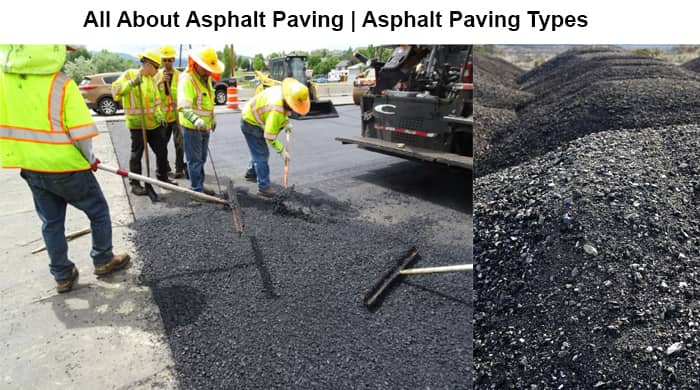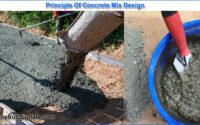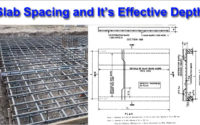All About Asphalt Paving | Asphalt Paving Types | What is Asphalt Pavement
Introduction
Asphalt surfaces become exceedingly brittle on freezing winter nights and very soft on hot summer days when the heat is severe. Rutting is an ongoing pavement distortion caused by high traffic on soft asphalt. Because the asphalt binder gets too brittle in the winter, pavement cracks. Because of this, the asphalt binder only functions effectively within the application window when it is viscoelastic enough to release the pressure from the traffic. Polymer modification, which largely increases viscoelasticity at high temperatures, widens this application window. Additionally, the treated asphalt has better fatigue resistance and extends the lifespan of the pavement by 10 years, as opposed to 15 years with and without modification.
Why Asphalt?
Asphalt paving is quicker to install, looks better, and lasts longer. Most individuals don’t think about all the advantages provided when the correct material is utilized and take roads and driveways for granted. Asphalt is better for general driveability, appearance, your budget, and the environment when installed properly. In this post on all about Asphalt, you can learn more about asphalt pavement.

What Is Asphalt Road?
Numerous advantages, including economic effectiveness, noise reduction, and comfort enhancement, are associated with asphalt road shells. The advantages for all road users and the landscape may be diminished by the use of asphalt accessories in road building and preservation.
The word “asphalt road” alludes to the qualities of asphalt roads being secure, supple, and long-lasting. It can be built to last endlessly and installed. The sole option for a sustainable pavement is asphalt due to its rigidity and innovative technologies.
This type of road building has the benefit of having relatively quiet asphalt pavement. In comparison to other accessories, it is reasonably inexpensive, and asphalt roads are simple to maintain and repair.
What is Asphalt Pavement?
Asphalt paving is renowned for its strength and longevity. Asphalt pavement is the ideal solution for the majority of paved surfaces due to its strength. Because of its dependability and long lifespan, asphalt pavement is favored by the majority of state and federal administrations. If properly installed, it should last for twenty to twenty-five years before needing replacement. The most popular option for applications including driveways, parking lots, roads, airstrips, and more is asphalt pavement. There is asphalt all over. Before paper or plastic, asphalt is the substance that gets recycled the most in the US. When asphalt pavement is removed, about 80% of it gets recycled.
How is asphalt created?
Predose is the name of the initial stage of making asphalt pavement. The aggregate components of the asphalt pavement are weighed using a belt weighing apparatus in this instance, based on the asphalt formula. The items are concurrently weighed and transported to the following stage of the operation using a belt weigher.
The second step entails drying the aggregate’s constituent parts. The components are dried in a rotating drying drum at a temperature of about 300 degrees. The aggregate is reweighed after drying because drying might change its weight. The components that have been heated or dried are now sieved and kept in silos.
The aggregates are then brought over to the mixer. In order to keep the binding component, also known as liquid asphalt, liquid and appropriate for mixing, it is stored in separate heated tanks. After the aggregate has been added to the mixer, the asphalt is added at a predetermined flow rate. To create the paving material, aggregate and binder are properly combined.
A heated silo is used to hold the hot asphalt mixture once it has been produced. The majority of asphalt factories include many chambers to store various recipes. Up until it is delivered to the job site by dump trucks, the asphalt is kept warm in storage. A high temperature must be maintained starting when the asphalt leaves the factory and continuing throughout the paving operation. The asphalt mix cannot be compacted if it cools.
Types of Asphalt Paving
Porous Asphalt
Since the middle of the 1970s, porous asphalt has been used. In parking lots, this kind of asphalt is utilized to allow water to drain through the pavement. Cost-effective and long-lasting, this pavement solution can be used for more than 20 years.
Perpetual Pavement
Asphalt is combined with a multi-layer paving design procedure to create perpetual pavement. They last a very long time and are strong. Perpetual pavement installation doesn’t take long or interfere with traffic..
Quiet Pavement
The noise inside and outside of homes and businesses is greatly reduced by paving roadways with asphalt. It has been demonstrated that highway noise can be decreased by paving a noisy road using stone-matrix asphalt or open-grade friction course mix.
Warm-Mix Asphalt
The same processes as for making hot-mix asphalt are used to create warm-mix asphalt, but the temperature is 50 to 100 degrees lower. There are several advantages to lowering the asphalt’s temperature. These include cutting back on fuel use and greenhouse gas emissions.
Thin Overlays
Thin overlays enhance ride quality while lowering life-cycle expenses, pavement degradation, and noise levels. It is created utilizing recyclable materials and warm-mix asphalt.
What makes up asphalt pavement?
Stone (aggregate), sand, additives, and liquid (petroleum) asphalt are the main components of asphalt pavement. Asphalt pavements are bound together by liquid asphalt, a gooey, black substance. It is naturally fluid and also comes in semi-solid forms. Bitumen is yet another frequent name for asphalt.
Once combined, the pavement is composed of 90 to 95 percent aggregate and sand and 5 to 10 percent asphalt or bitumen. The high viscosity of asphalt pavements holds the components of asphalt together while also allowing for flexibility. The total flexibility of the pavement decreases as asphalt surface temperature rises. One of asphalt pavement’s biggest advantages is its flexibility, which enables the surface to adjust to shifting conditions brought on by the weather and the continually shifting ground below it.
Asphalt’s capacity to repel water is another key quality. This is crucial because, as we shall see, water is the asphalt surface’s worst enemy. Additionally, it explains why businesses like yours, which install asphalt, exist.





